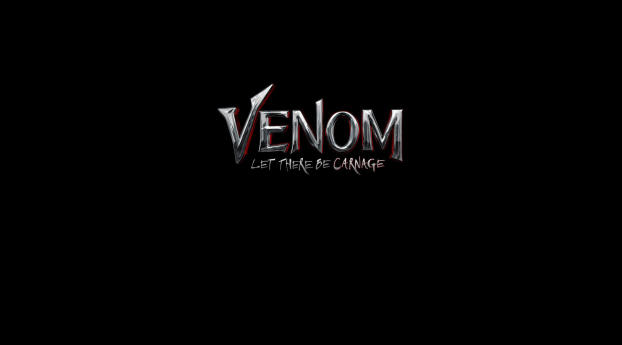

While at-home streaming services are both cheaper and less germy than a dark, crowded room, it’s difficult to replicate the popcorn-fueled delight of the true moviegoing experience. Where Does This Leave AMC Entertainment for Investors?ĪMC's recent successes have removed weight from the argument that the pandemic forever and irrevocably altered the course of American entertainment consumption. The argument they make is simple and simply damaging: more shares equals more dilution – and while a new public offering is good for the company, it’s bad for their own bottom line. To wit, they’ve already twice shot down the company’s proposals to sell more shares, which would allow it to cover its obligations. Less concerned with current financials, they await the moment that future earnings and underlying technicals send the stock soaring again so they can cash in and get out. Unfortunately, these shareholders seem to do more harm than good for AMC’s long-term prospects. Instead, thanks to remnants of the “Meme Stock” movement at the start of 2021, AMC’s “Apes” – bullish retail investors who target heavily shorted stocks – have pushed the company’s shares to a premium. Yet the stress of its once-impending (and still not implausible) bankruptcy hasn’t dragged its shares down as one might expect. So far, AMC has eaten its losses with the aid of its $1.81 billion in cash and equivalents – but there’s only so long that pot can hold out. And it will take a lot longer than that for the company to pay down its $420 million in rent deferrals and $5.5 billion in long-term debt.
#Venom let there be carnage amc free
The longer this pattern continues, the longer it will realistically take for the entertainment giant to net a positive free cash flow, even for a quarter. However, gross profits came in at negative $125 million – though still a substantial improvement over the YOY $320 million loss.īut even as AMC drifts toward profits for the first time since 2019, it still struggles with over a year’s worth of consecutive negative cash flows. Throughout 2021, AMC has aggressively courted its own return, netting a Q2 revenue of $445 million for a 2,242% boost YOY. Cash Flows and Meme Stock Status Haunt AMC’s Comeback Moving forward, that reality alone may be enough to tank its dreams of becoming free cash flow positive by 2022 once and for all. Already, the prospect of these crowd-pleasers has led to a surge in advance ticket bookings.īut when compared to Q4 2019’s roster – including Frozen II and Star Wars: Episode IX – The Rise of Skywalker, it may be impossible for AMC to get near positive theater level cash flow in the current quarter.

But to reach its goal, AMC needs to gross $2.8 billion in Q4 alone.įortunately, Q4 has a number of potential blockbusters lined up to help its cause, such as Spiderman, Dune, West Side Story, Ghostbusters: Afterlife, and The Matrix Resurrections. Still, management holds out hope for a domestic cumulative box office performance of $5.2 billion for 2021. To bolster its bottom line, AMC raised prices – but that served to produce more issues, such as lower attendance against gross ticket sales and reduced concession spending. When lumped with the reality of the pandemic’s resurgence, these factors make AMC’s dream of positive theater level cash flow in Q4 an implausibility. September’s gross ticket sales alone slumped 47% below 2019 levels, with the whole of Q3 dropping over 51% comparatively. Despite fears swirling about Covid-19 and the straight-to-streaming pandemic-era norm, there’s something to be said for the dimly lit, popcorn-strewn aisles of the big screen that have captured Americans’ imaginations, time, and wallets for over a century.Īnd yet, until AMC’s blockbuster-laden weekends, the domestic box office trudged through a dismal Q3, suffering a lack of crowds and crowd-pleasing films.
#Venom let there be carnage amc movie
Of course, to many, it was obvious that movie theaters – and by necessity, moviegoers – would return. Then, in a jab at the industry’s critics, he added, “It is simply wrong to underestimate the enormous consumer appeal and resilience of movie theaters.” AMC’s Theater Level Cash Flow Problem CEO Aron summed up management’s position succinctly: “The success of these two new blockbuster movies…demonstrates the huge pent-up demand we see in moviegoers.”

AMC followed its banner October opening with a press release to tout its stats, boasting that, between Venom and No Time To Die, the company marked a new best post-pandemic performance.


 0 kommentar(er)
0 kommentar(er)
